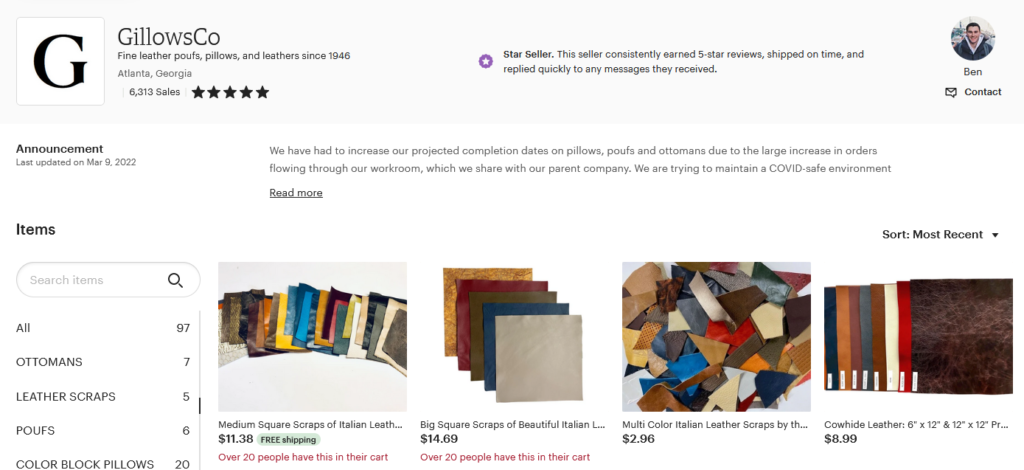Review by Heather
10/10 Sneks
Title: Fibershed: Growing a Movement of Farmers, Fashion Activists, and Makers for a New Textile Economy
Author: Rebecca Burgess with Courtney White
General Notes: Fibershed is a very interesting book advocating for the use of local fibers and dyes as a way to achieve economic and environmental sustainability. As someone who loves natural dyeing and dreams of one day owning a farm specifically for cultivating fibers, this book is RIGHT UP MY ALLEY. Unlike many of the books we plan to review for this blog, this book is not necessarily full of patterns and projects. Instead, it challenges those of us who are interested in the fiber arts and fashion to think about the impacts of those interests. Essentially, a fibershed is the local area in which which indigenous plants, animals, soils, and human activity are use to create textiles. Instead of importing clothing from India or Guatemala, the idea is to have local farmers grow and cultivate the plants and animals in alternating crops/ranges with other crops that benefit the soil and complement the food crops. The fibers from these animals and plants would then be processed at local processing places to increase jobs in that area. Processing would include things such as dyeing, cleaning, carding, and spinning. These materials would then be available for local designers and makers to create garments and other household goods. As these materials degrade over time and with use they would then be able to be composted back into the land (as they wouldn’t have all that plastic stuff and harmful chemicals), bringing the cycle full circle. I was particularly inspired by the idea of having a dye garden. How cool would it be to have a community garden that specifically cultivates plants for natural dyeing? It has made me want to do more research into mushroom dyeing and spore printing with fabric as well, especially since all this rain in Anchorage, AK has meant mushies are out in abundance!
Aesthetics
This is a very beautiful book and a lot of that beauty is lost if you use only the audio version. The colors captured in the photographs of the different textiles and plants are literal rainbows of actual earth tones. If you questioned the beauty that you can achieve from natural dyes and printing, this text will absolutely change your mind. The colors you see in this text are very much on the same vibe of the current neutral/grey/muted tones we see in the boho-chic style.
Accessibility
The book is 288 pages with a mix of full-color photographs and text throughout. The audio book lacks the imagery but still conveys the important points. At approximately $22 for the kindle and $19 for the paperback, the price can pose as a potential barrier.
Technical Skills Presentation
What I really enjoyed about this book was that the authors assumed anyone reading this was fairly new to the concept of cultivating fiber and dyes. Whether they were discussing the process for producing Indigo, the relationship between fiber farming and food farming, or the progression through fashion and creating clothing, we were being gently educated. They took the step back to explain why fast fashion was problematic without necessarily blaming and guilting the consumer. This book also talks about ways that their regional Fibersheds have been working to change the issues caused by fast fashion and talked about resources for being able to establish a fibershed community anywhere. Their website (which is referenced in the book) also includes a tool kit for people to adapt to their area. https://fibershed.org/wp-content/uploads/2022/03/Fibershed-Brands-Toolkit.pdf
Cultural Context
It is important to recognize that the ideas behind what is advocated in this book focus primarily on the Fibershed/ecological area of California. Because of this, what the author is advocating for is very doable by anyone with the means (money, land, time, physical ability) or who already lives a largely subsistence life style. In order to truly be able to escape the trappings of fast fashion, individuals have to be able to afford the alternatives and have the time to make the items. Having previously lived in the literal Arctic (Utqiagvik, AK), I know that many people there hunted for the furs they used or had family members who hunted while they tanned and prepped the hides and furs. This book challenged me to look at my Alaskan plant species such as fireweed and tundra cotton to think about ways these fibers may begin to be used.
Overall Rating
I finished this book feeling very reflective on my own use of fibers and relationship with the land. What Burgess is advocating is not new. The tenants and values she discusses in this book are consistent with what indigenous people throughout the US have been advocating for. I have been truly inspired with this book to move towards making my own clothing, use only natural fibers in my projects, and look at ways to contribute and establish a fibershed community in Anchorage, AK. I definitely recommend it to anyone who wants to have a deeper relationship to their fiber-based arts and the environment they live in.





